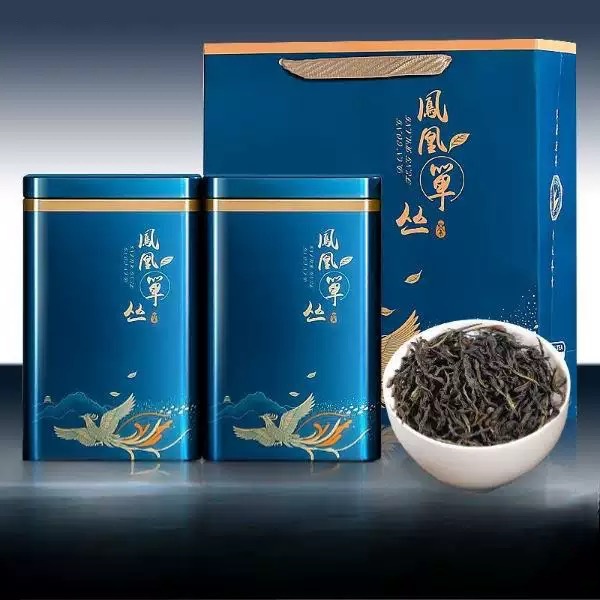
# Oolong Tea Tasting Guide: Discover the Rich Flavors and Aromas
Introduction to Oolong Tea
Oolong tea, often referred to as the “champagne of teas,” is a partially oxidized tea that sits between green and black tea in terms of processing and flavor. Originating from China and Taiwan, oolong tea offers a diverse range of flavors and aromas that can captivate any tea enthusiast. Whether you’re a seasoned tea drinker or a beginner, this guide will help you explore the rich world of oolong tea tasting.
Understanding Oolong Tea Varieties
Oolong teas come in a wide spectrum of styles, each with unique characteristics based on their oxidation level, roasting process, and terroir. Here are some popular types:
- Lightly Oxidized Oolongs (10-30%): These teas, like Tie Guan Yin, often have floral and fresh notes with a delicate sweetness.
- Moderately Oxidized Oolongs (30-50%): Examples include Dong Ding, which offers a balance of floral and roasted flavors.
- Heavily Oxidized Oolongs (50-70%): Teas like Da Hong Pao exhibit deep, rich flavors with notes of caramel and stone fruit.
Keyword: Oolong Tea Tasting
Essential Tools for Oolong Tea Tasting
To fully appreciate the nuances of oolong tea, you’ll need the right equipment:
- Gaiwan or Yixing Teapot: Ideal for brewing oolong tea to control infusion time and temperature.
- Tea Cups: Small cups to savor the tea’s aroma and flavor.
- Tea Tray: To catch any spills during the brewing process.
- Water Kettle: Preferably with temperature control for precision brewing.
Step-by-Step Oolong Tea Tasting Process
1. Observe the Dry Leaves
Before brewing, take a moment to examine the dry leaves. Note their shape, color, and aroma. Lightly oxidized oolongs may appear greener, while heavily oxidized ones tend to be darker.
2. Warm Your Teaware
Rinse your teapot and cups with hot water to warm them up. This helps maintain the tea’s temperature during brewing.
3. Measure the Tea
Use about 5-7 grams of tea leaves per 100ml of water. Adjust based on your preference for strength.
4. First Infusion
Pour water heated to 85-95°C (185-205°F) over the leaves. Steep for 20-30 seconds for the first infusion. Light oolongs require lower temperatures, while darker oolongs can handle hotter water.
5. Savor the Aroma
After pouring the tea, take a moment to inhale the aroma. Oolong teas often release complex scents ranging from floral to fruity or roasted.
6. Taste the Tea
Take small sips, allowing the tea to coat your palate. Notice the initial taste, the developing flavors, and the aftertaste. High-quality oolongs will have a lingering finish known as “hui gan.”
7. Subsequent Infusions
Oolong teas can be steeped multiple times.
